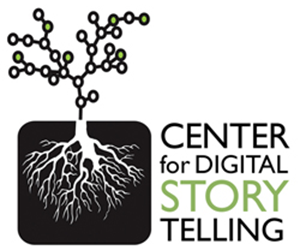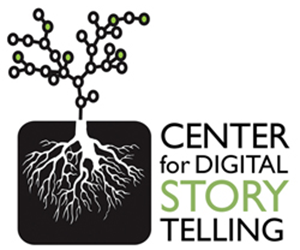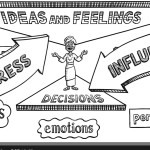Digital Storytelling Is a Power Tool for SBCC Programs
 Digital storytelling is now a widely used method for social and behavior change communication (SBCC) as it has the capacity to fuse personal narratives with important public health messaging, thus creating an effective method of communication. That was one of the main messages in a webinar on approaches to storytelling in public health hosted earlier this year by The Center for Digital Storytelling.
Digital storytelling is now a widely used method for social and behavior change communication (SBCC) as it has the capacity to fuse personal narratives with important public health messaging, thus creating an effective method of communication. That was one of the main messages in a webinar on approaches to storytelling in public health hosted earlier this year by The Center for Digital Storytelling.
The Center pioneered participatory media approaches, now known as digital storytelling, or the use of short, powerful stories and video to showcase public health issues. These stories and videos are research-based and intertwine emotional, personal anecdotes with public health facts to illustrate particular behaviors that can improve health outcomes.
The Center showcased “Jaimie’s Story,” a three-minute video that powerfully describes living with the stigma of HIV and the importance of support systems. The video starts with an emotional plea from Jaimie, making a deal with God to not let her two boys be infected with HIV. The video continues with the phrase “people live longer if they can maintain a positive mental attitude,” and ends with Jaimie saying she is still alive and well twenty-two years later thanks to her support system.
Why are first-person stories so powerful in public health? The webinar explained that personal stories are compelling and can be effective worldwide because stories are universal. In every country, in every language, stories are told and stories are heard, making storytelling an extremely common form of dialogue. In fact, storytelling pre-dates other forms of communication materials, making it the original mode of communication.
In addition, stories are intimate. The audience feels a strong connection with the storyteller, and the message has the potential to touch hearts in a way that facts and figures alone cannot. First-person stories are also honest and authentic in a way that third-person stories are not. According to The Center, third-person stories are often laden with controversy and can even be deemed offensive because they are talking about others suffering from sensitive issues. First-person stories also don’t tell us what to do; instead, they gently suggest action through example.
But for the purposes of changing behavior, stories should not stand alone. The Center recommended that in addition to personal, first-person stories, facilitators should present brochures and training materials. There should also be contextual information that includes hard data and substantial evidence and specific action items. Data is very important in public health, but just presenting data alone can come across as sterile and too authoritative.
The Center also discussed how different types of stories are developed. There are various ways to tell stories: straightforward interviewing and piecing together a storyline; autobiographical writing; anecdotal composition and more. The Center asserts that it is important to understand why a certain storytelling method is being used to attain a certain public health outcome. In fact, The Center can assist its partners in investigating the public health issue and coming up with the most appropriate storytelling method.
The webinar discussed how organizers could put together workshops for developing stories. The Center provided tips and tricks for coming up with effective stories and videos. One such recommendation was to work in small groups instead of one-on-one.
This is where the magic happens, in workshops,” said Andrea Spagat, West Coast Region Director for The Center. “Once you get people together, talking to one another and reflecting on each other’s stories, the most powerful and emotional stories tend to come out.”
Spagat also said reflecting on a story can be a powerful experience, not just for the storyteller but those who are listening. The listener is able to give feedback to the storyteller, and sometimes gives the storyteller new perspectives on his or her own experience allowing new interpretations to present themselves.
Digital storytelling is a complex yet effective mechanism for SBCC in public health. Keep in mind that when developing stories consider the length and intensity of the story itself, and the accompanying materials that may spur further action from the audience.
Learn more about The Center for Digital Storytelling and its webinar series.




Leave a Reply
Want to join the discussion?Feel free to contribute!